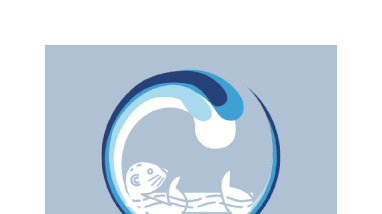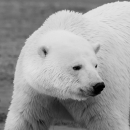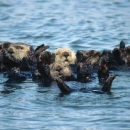Sea otter conservation and management in Southeast Alaska has been highly successful from the perspective of the recovery of an extirpated marine mammal population. Sea otter recovery in Southeast Alaska has resulted in reductions of some shellfish stocks of value to commercial, subsistence, personal use, and sport harvesters. Because of these economic and social impacts, many user groups wish to explore ways to mitigate sea otter and fisheries conflicts through collaborative management efforts.
In response to these concerns, the U.S. Fish and Wildlife Service (Service) convened the Southeast Sea Otter Stakeholder Meeting on November 6, 2019 in Juneau, Alaska to solicit ideas from stakeholders about how to address the concerns of a variety of Southeast user groups while still providing for the continued protection of sea otters in the region. The intended focus of the workshop was to identify actionable items that could effectively address the issue within the framework of the Marine Mammal Protection Act, which sets the Service’s management authority.
The first section of this workshop report (Background Information) provides information about sea otters in Southeast Alaska from ecological, management, and stakeholder perspectives. The next section (Workshop Overview) provides an overview of the workshop structure structure
Something temporarily or permanently constructed, built, or placed; and constructed of natural or manufactured parts including, but not limited to, a building, shed, cabin, porch, bridge, walkway, stair steps, sign, landing, platform, dock, rack, fence, telecommunication device, antennae, fish cleaning table, satellite dish/mount, or well head.
Learn more about structure and objectives. The third section (Workshop Presentations) provides summaries of the spoken presentations heard at the meeting. The fourth section (Workshop Breakout Sessions) summarizes the outcomes of fourteen separate breakout discussions by workshop participants. The fifth section (What we Heard) synthesizes the suggested actions, questions, and recommendations generated at the breakout sessions into overarching themes. The report concludes by identifying (Next Steps) recommended courses of action for addressing sea otter management issues in Southeast Alaska.


